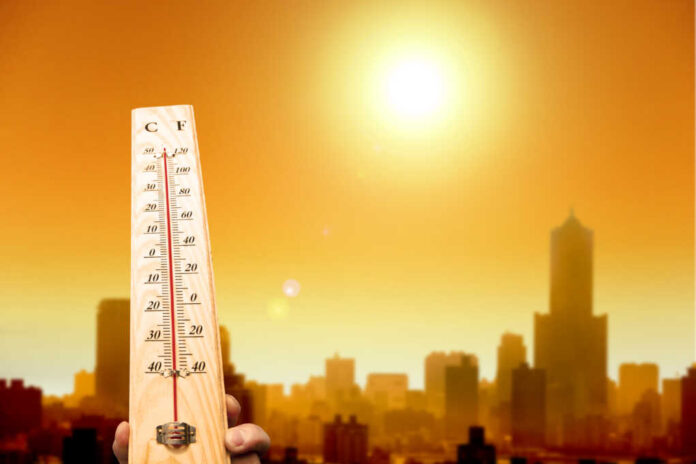
As millions of Americans struggle to sleep through stifling, record-breaking summer nights, the latest heatwave exposes a failure of past policies to prioritize grid stability and affordable solutions for American families.
Story Snapshot
- Record-breaking heatwaves in summer 2025 are driving nighttime temperatures 5°F to 15°F above average, worsening sleep quality for millions.
- Urban residents and vulnerable populations face the greatest risk, with cities retaining dangerous levels of heat after sunset.
- Critics point to years of misguided energy priorities and urban planning failures that left infrastructure strained and families unprotected.
- Public health agencies warn of increased hospitalizations, fatigue, and productivity loss as chronic sleep disruption takes its toll.
Historic Heatwave Disrupts American Sleep and Daily Life
In June and July 2025, the United States endured a historic heatwave that shattered longstanding temperature records in hundreds of communities. This event was remarkable not only for its intensity during daylight hours but for persistently elevated nighttime temperatures, often running 5°F to 15°F above seasonal norms. For millions, particularly in densely populated cities, homes simply failed to cool after sundown, leaving families tossing and turning in the oppressive heat. Such conditions disproportionately harmed the elderly, children, and those with chronic illnesses, all of whom rely on restful sleep for their health and well-being.
It's the height of summer, so it being hot in the southern U.S. is no surprise. BUT, when triple digits during the day barely drop to 80 overnight, it becomes extremely dangerous. Extreme and record heat is likely throughout the South through next week with extreme impacts… pic.twitter.com/WYgZWL6E2W
— National Weather Service (@NWS) July 23, 2025
Daytime discomfort was only part of the threat. The inability of overtaxed power grids to deliver reliable and affordable air conditioning compounded the problem, especially for lower-income Americans and those already living at the edge. Urban heat islands—neighborhoods where concrete and asphalt trap warmth—left city dwellers with little relief, a direct result of years of urban planning decisions that ignored common-sense cooling strategies. As a result, hospitals saw a spike in patients suffering from heat-related illnesses, while households without air conditioning faced dire choices for their health and safety.
Watch: The Hidden Danger of Heat Waves
Sleep Deprivation and Health Risks Escalate
Medical and sleep researchers have documented the dangers of interrupted sleep due to excessive heat, noting increased fatigue, cognitive impairment, and higher risk for chronic disease. Even modest increases in nighttime temperatures can lead to significant reductions in sleep duration and quality, particularly among older adults. Public health agencies have responded with urgent warnings, emphasizing that chronic sleep deprivation from sustained heat can drive up rates of cardiovascular disease, diabetes, and mental health disorders. In turn, this threatens not only individual health but also broader productivity and economic stability.
Communities most affected by the heatwave included those least able to adapt: urban residents without air conditioning, outdoor workers, and families with limited resources. The strain on power grids led to warnings about potential blackouts, raising alarm about the nation’s infrastructure resilience and highlighting the need for policies that prioritize affordable, reliable energy for all Americans.
Public Policy Failures and Calls for Reform
Decades of rising greenhouse gas emissions have raised baseline temperatures, but so too have unchecked urban growth and a lack of investment in smart infrastructure. The “heat dome” phenomenon trapping hot, humid air over broad regions is not new, but its impact is felt more acutely where local leaders failed to implement effective heat mitigation, such as increasing green spaces or reflective surfaces. Instead, the result has been over-reliance on expensive air conditioning and a patchwork of inadequate public cooling centers.
Federal agencies like NOAA and the National Weather Service have issued widespread advisories, yet the burden remains on local officials and families to cope. As families across the country demand solutions that restore American resilience and constitutional values, the 2025 heatwave serves as a wake-up call for policy rooted in practicality, family protection, and common sense.
Sources:
Climate Central (2025): Analysis of heatwave likelihood and climate change attribution
Davis Instruments (2025): Record-setting temperatures and regional impacts
Axios (2025): Heat records and affected populations
NOAA (2025): National climate assessment and heatwave statistics


















